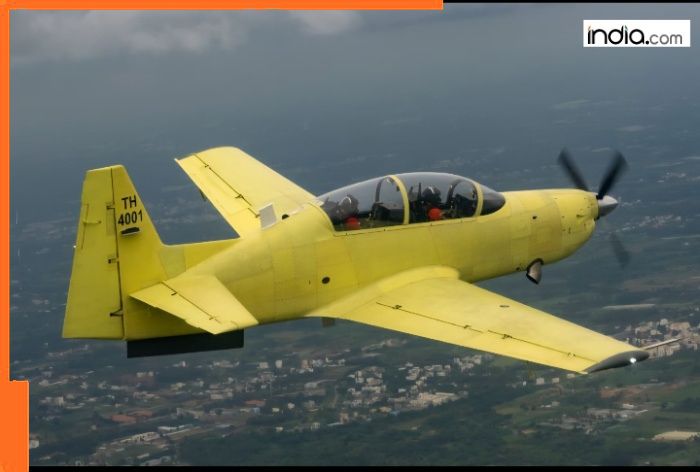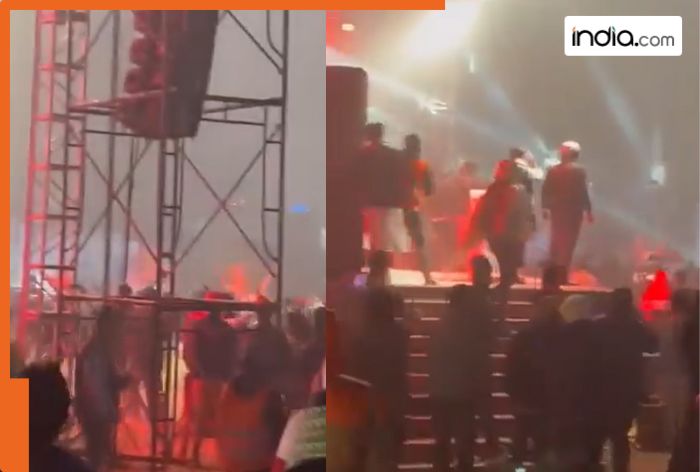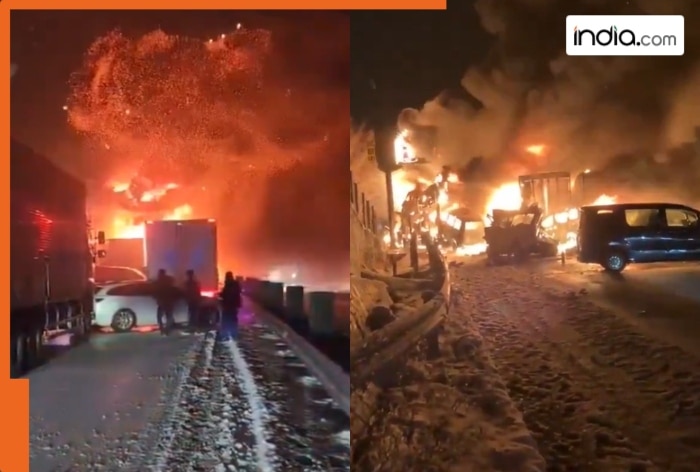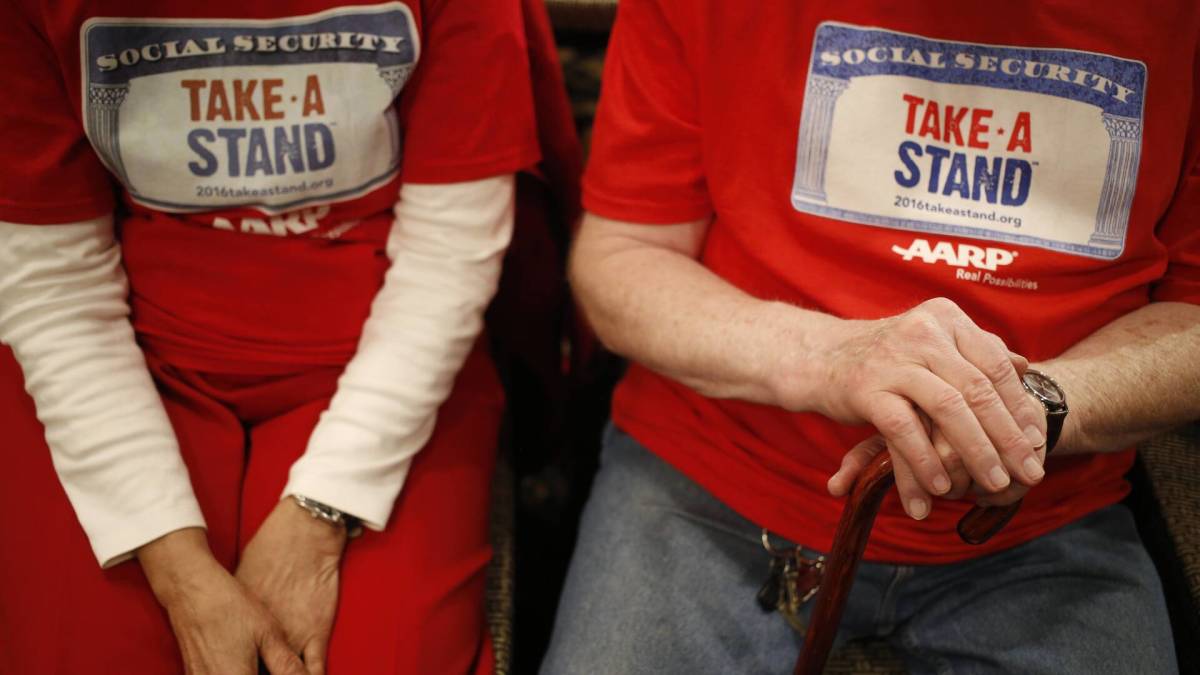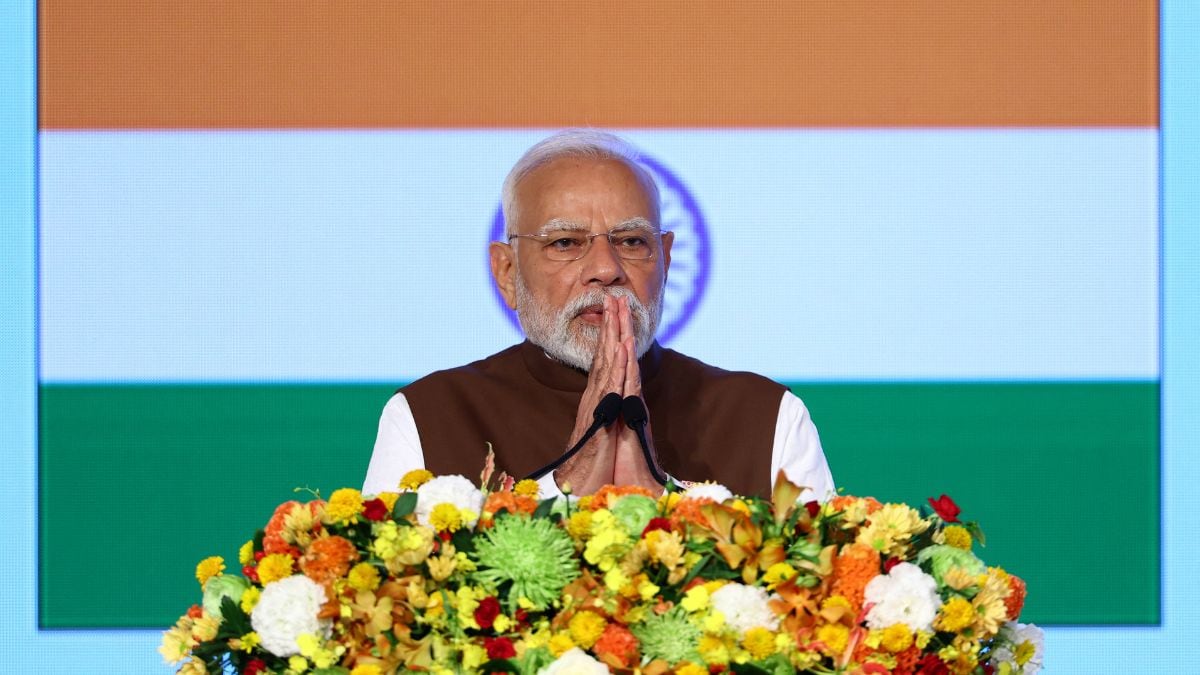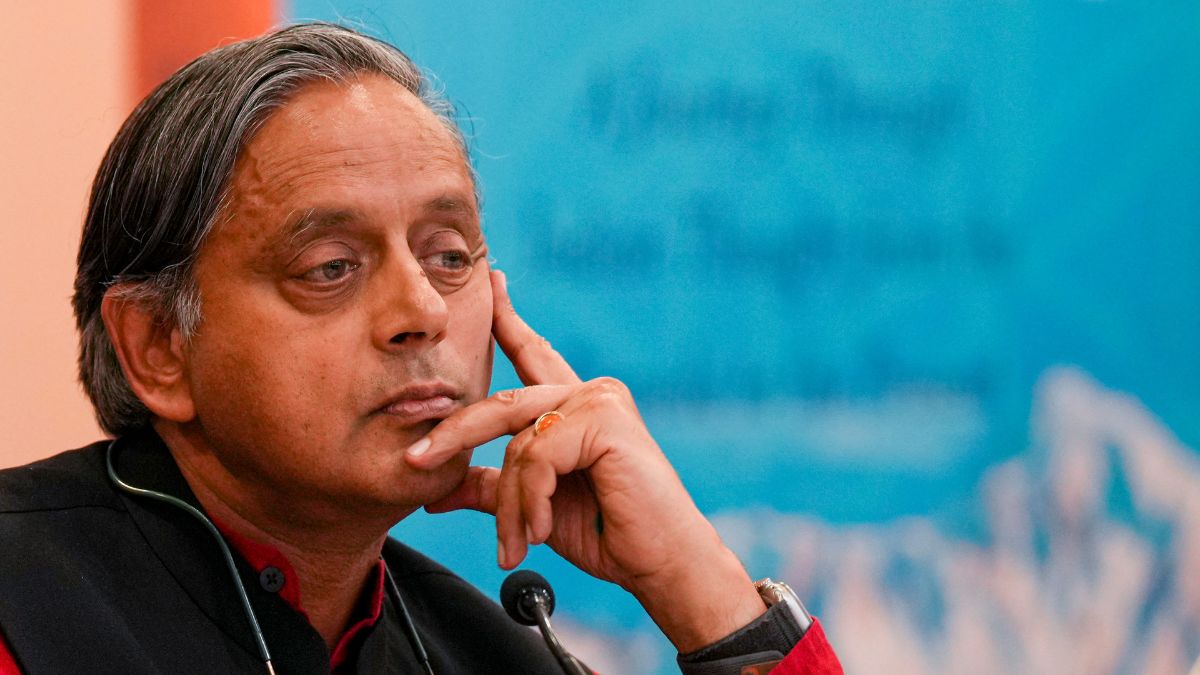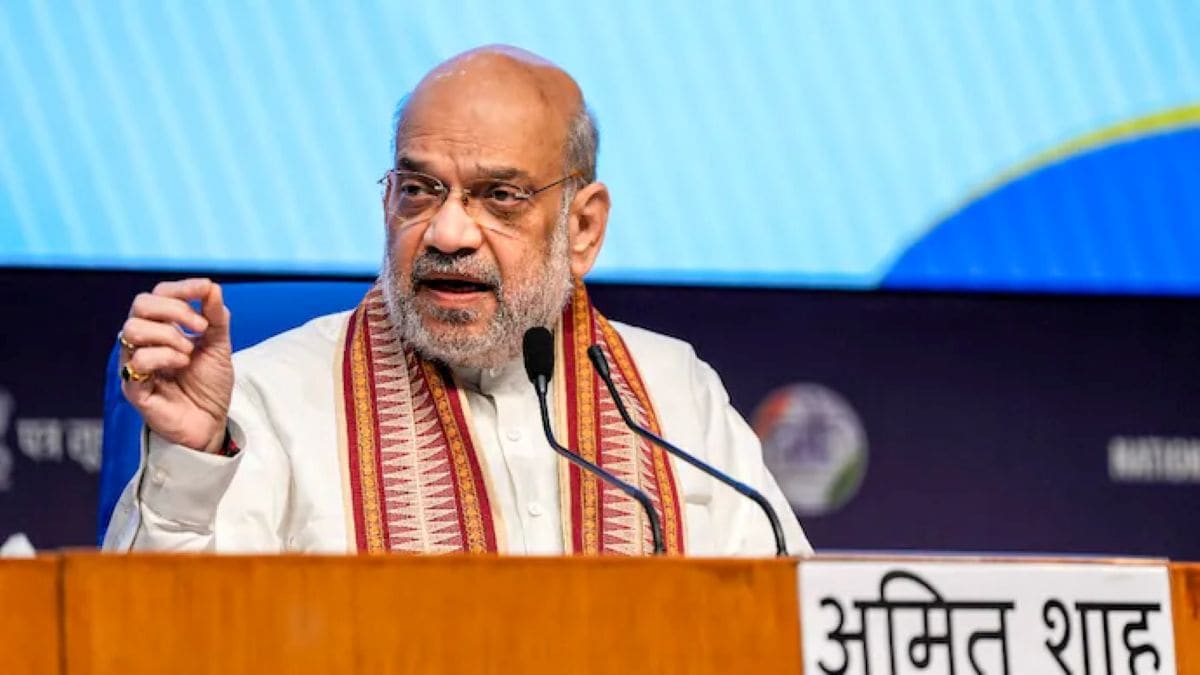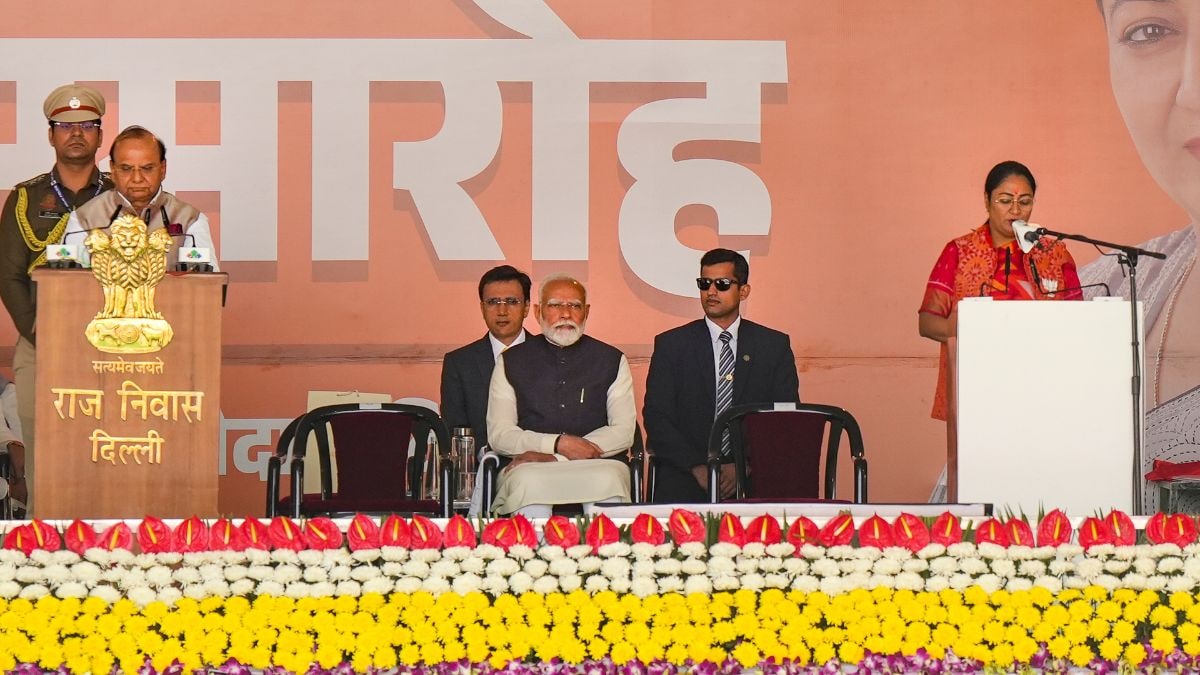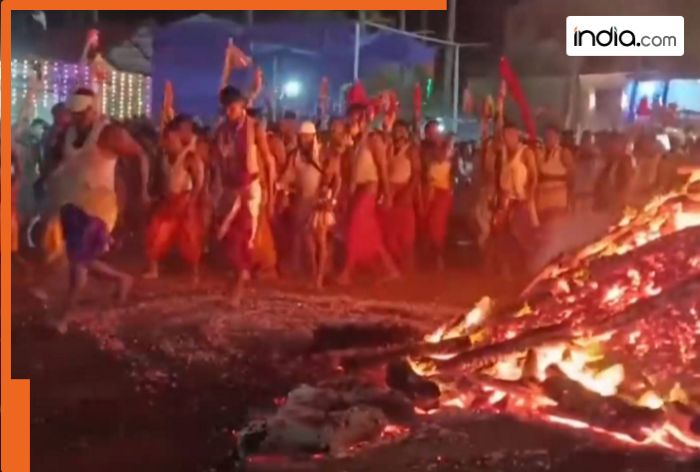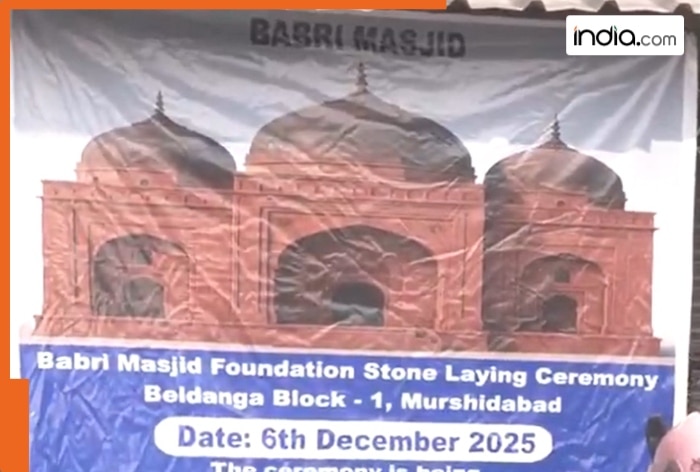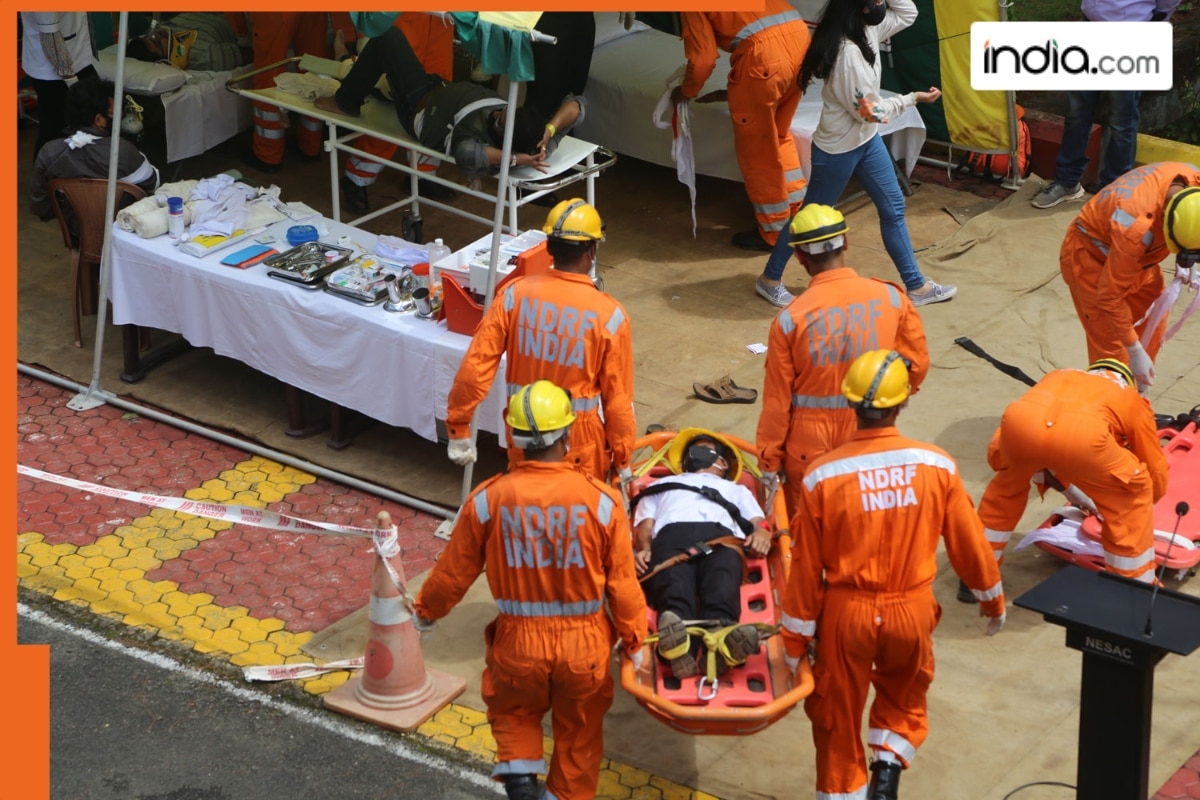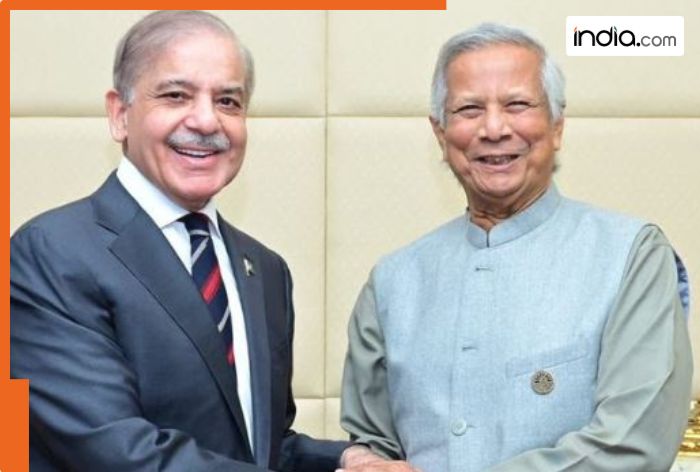On Friday, October 24th, a special aircraft took off from Bengaluru, marking a proud moment for India(BHARAT). This wasn’t just another plane—it was India(BHARAT)’s first home-built HTT-40 trainer aircraft rolling off the production line, ready to train the next generation of India(BHARAT)n Air Force pilots.
Named TH 4001, this trainer is entirely made by Hindustan Aeronautics Limited (HAL), India(BHARAT)’s premier aerospace company. Picture a sleek metal aircraft with two seats arranged one behind the other—one for the student pilot and one for the instructor. It runs on a turboprop engine, which is essentially a jet engine that powers a propeller. Think of it as a jet engine with a spinning propeller in front, giving the aircraft excellent speed, power, and fuel efficiency—perfect for training young pilots.
The HTT-40 isn’t just any training aircraft. It can perform thrilling aerobatic stunts—loops, rolls, and spins—teaching pilots the basics of flying, instrument navigation, and even night flying. The cockpit is modern too, fitted with a glass cockpit featuring digital screens instead of old-fashioned dials, making it easier for trainee pilots to learn with today’s technology.
From Prototype to Production
While HTT-40 prototypes have been flying for the past eight years, the TH 4001 is different—it’s the first one built on HAL’s main manufacturing line. This marks the beginning of mass production in India(BHARAT). Every HTT-40 from now on will come from this production line, signaling India(BHARAT)’s growing capability to build advanced aircraft at home.
In 2023, the Defence Ministry signed a massive ₹6,800-crore contract with HAL to build 70 HTT-40 trainer aircraft. The TH 4001 that took flight on Friday is one of those 70 aircraft ordered under this deal. It’s a significant step toward reducing India(BHARAT)’s dependence on foreign aircraft manufacturers.
Challenges on the Runway
The journey hasn’t been entirely smooth. Sources reveal that the HTT-40 is expected to receive its final operational clearance in about two to three months. However, there’s been a hiccup—Honeywell, an American company, has delayed delivering the first batch of six TPE331-12B turboprop engines. This delay has pushed back HAL’s production schedule.
Originally, HAL had planned to hand over the first HTT-40 to the India(BHARAT)n Air Force by September 2025, but the engine supply delay has pushed this date further. It’s a reminder that even in self-reliant projects, international components can sometimes slow things down.
Filling the Gap
Right now, the India(BHARAT)n Air Force trains new pilots on the Pilatus PC-7 aircraft, made by a Swiss company. These replaced HAL’s older HPT-32 “Deepak” trainers, which were retired back in 2014 after serving the nation for decades. The Deepak was powered by an American-made piston engine and represented India(BHARAT)’s earlier efforts in indigenous aircraft manufacturing.
Currently, the IAF has only 75 Pilatus PC-7 planes, but it needs a total of 181 basic trainer aircraft. The remaining 106 trainers will be HTT-40 aircraft—all made in India(BHARAT). Out of the existing 75 Pilatus trainers, 60 are stationed at the Air Force Academy in Dundigal, Telangana, and 15 at the Flying Instructors School in Tambaram, Tamil Nadu. Both these training centers will gradually receive the new HTT-40 aircraft over the next six years.
A Long Journey
The HTT-40 project was approved way back in 2011. It has taken almost 15 years to reach this production stage, and the aircraft is still awaiting its final entry into active IAF service. This lengthy development period highlights the challenges of building complex military aircraft from scratch. The shortage of basic and intermediate trainer aircraft has been one of the main reasons behind the IAF’s shortage of trained pilots—making the HTT-40’s arrival all the more crucial.
Just last week, Defence Minister Rajnath Singh inaugurated the second HTT-40 production line at HAL’s facility in Nashik. Currently, about 56% of the aircraft’s parts are made in India(BHARAT), and HAL is working to push this figure above 60% through greater indigenisation in the coming years.
What Makes the HTT-40 Special?
Let’s talk numbers and capabilities. The HTT-40 is a tandem-seat basic trainer with low wings—meaning the wings are attached to the lower part of the fuselage, providing better stability and visibility for trainee pilots. The entire aircraft is made of metal, giving it durability and strength.
Powered by the Honeywell Garrett TPE331-12B turboprop engine driving a four-bladed propeller, the HTT-40 can reach a maximum speed of 400 km/h, though it shouldn’t be pushed beyond 450 km/h. It has a flying range of about 1,000 kilometers, meaning it can stay in the air for extended training sessions without refueling. The aircraft can climb to heights of 6,000 meters (around 19,700 feet) and can handle strong flying forces with g limits of +6 and -3, making it capable of performing demanding aerobatic maneuvers safely.
The aircraft measures about 10.5 meters in length, has a wingspan of 11 meters, and stands 3.4 meters tall. When fully loaded, it weighs around 2,800 kilograms—relatively light for a trainer aircraft.
Although primarily designed for training, the HTT-40 has a hidden capability—it can be fitted with weapons such as guns, rockets, and small bombs. This makes it suitable for light combat roles or training missions involving weapon practice, adding versatility to its portfolio.
Looking Ahead
The HTT-40 represents more than just an aircraft—it’s a symbol of India(BHARAT)’s growing self-reliance in defense manufacturing. While challenges like engine delays remind us that complete independence is still a work in progress, the successful rollout of TH 4001 shows that India(BHARAT) is firmly on the path to building its own defense ecosystem.
For the young men and women who dream of flying fighter jets for the India(BHARAT)n Air Force, the HTT-40 will be their first taste of the skies—their first loop, their first night flight, their first experience of what it means to be a pilot. And knowing that this aircraft is proudly made in India(BHARAT) makes that first flight even more special.
As the HTT-40 gradually replaces foreign trainers and fills the training gap, it will play a crucial role in addressing the IAF’s pilot shortage. Over the next six years, as these aircraft are delivered to training academies across the country, they will shape the future of India(BHARAT)n military aviation—one flight at a time.
The sky is no longer the limit; it’s where India(BHARAT)’s self-reliance truly begins to soar.
(Girish Linganna is an award-winning science communicator and Defence, Aerospace & Geopolitical Analyst. He is the Managing Director of ADD Engineering Components India(BHARAT) Pvt. Ltd., a subsidiary of ADD Engineering GmbH, Germany.)
